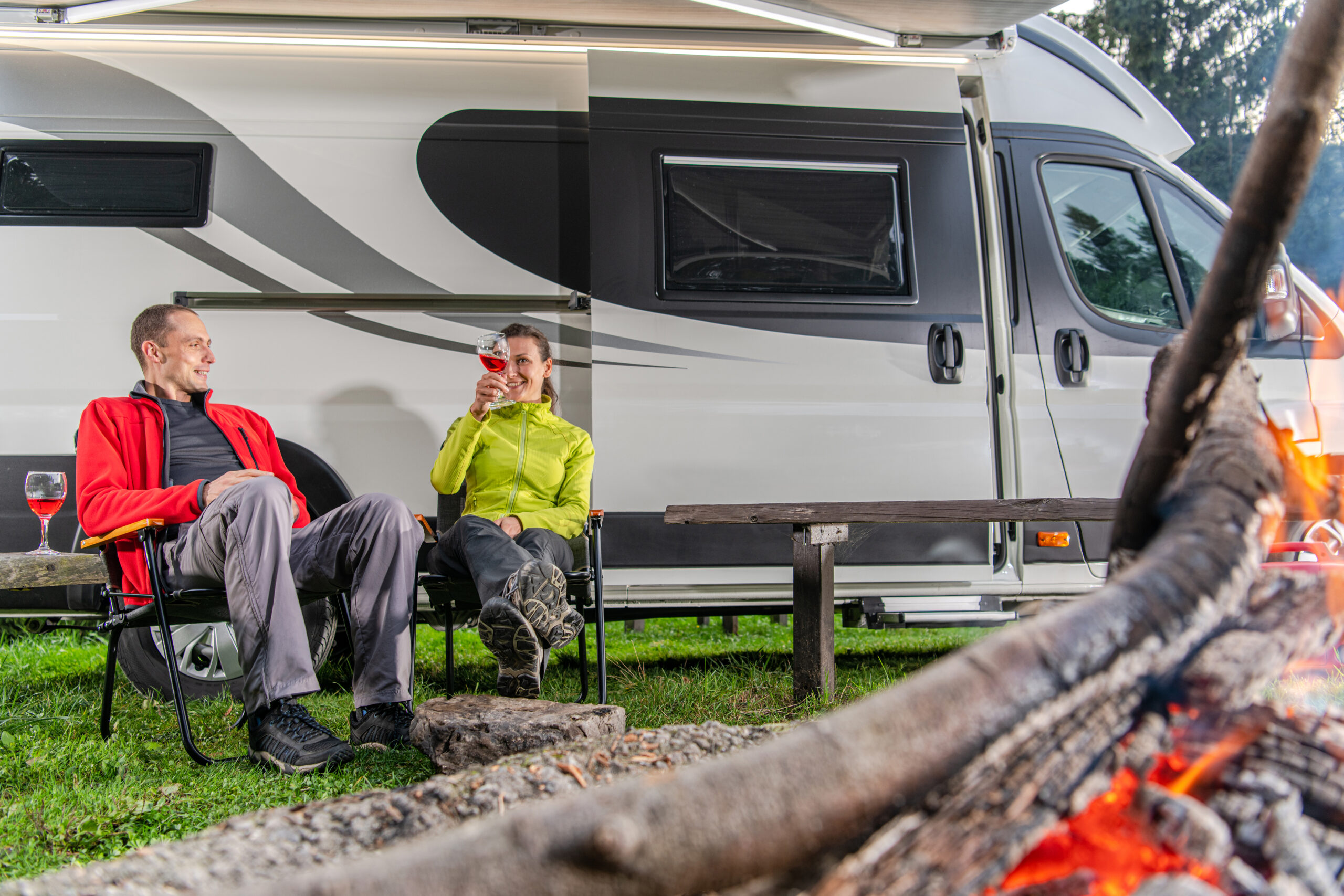TRAVEL
Top Tips for Safe and Enjoyable RV Towing

The first step when embarking on an RV adventure is ensuring you have the right hitch. The correct RV hitch is crucial for a safe, balanced, smooth towing experience. Several types of hitches are designed for specific weights and vehicle setups. It’s essential to match your vehicle’s towing capacity with the RV’s weight and hitch type for optimal performance.
This enhances safety and ensures that your vehicle operates within its limits, reducing wear and tear on both the RV and the towing vehicle.
Key Takeaways
- Understand the importance of proper hitching and towing setups.
- Learn critical safety checks and maintenance routines to follow before every trip.
- Explore helpful driving tips for smoother journeys.
- Discover how to troubleshoot common towing issues effectively.
Weight Distribution Hitches
Weight distribution hitches are incredibly beneficial for maintaining balance when towing heavy RVs. They distribute the weight evenly across the vehicle and trailer, preventing excessive sway and improving control. This type of hitch works by leveraging spring bars that distribute the tongue weight to all axles of the tow vehicle and the trailer.
This equal distribution enhances steering control and braking ability, making for a smoother and safer ride. Understanding how to set up and adjust a weight distribution hitch can dramatically improve your towing experience.
Pre-Trip Safety Checks
Before hitting the road, performing thorough safety checks is crucial. Ensure all connections are secure, the lights function correctly, and the tires are inflated. These checks might seem tedious, but they are essential for preventing issues that could turn a pleasant journey into a stressful ordeal.
Consider creating a pre-trip checklist that includes everything from checking the hitch and electrical connections to ensuring that all cargo is secured correctly. This way, you can systematically confirm that all safety measures are in place.
Checklist for Safety
- Inspect all hitch connections to ensure they are secure and properly locked.
- Ensure brake lights, tail lights, and RV and towing vehicle indicators are working correctly.
- Check tire pressure and tread depth on the towing vehicle and the RV to prevent blowouts.
- Test brakes and suspension systems to ensure they are functioning optimally.
Driving Tips for Smooth Towing
Towing a large vehicle like an RV requires different driving techniques than regular driving. It’s essential to practice gradual acceleration and braking, maintain a steady speed, and stay aware of the increased stopping distance due to the extra weight.
New RV drivers might find practicing in a controlled environment helpful before venturing onto busy roads. Understanding how your vehicle responds under different conditions, such as rain or wind, can also significantly affect handling.
Handling Turns and Hills
To maintain stability, slow down when approaching curves or slopes. When driving up or down steep inclines, shift into lower ratios to prevent overtaxing the brakes of your towing vehicle. Making quick maneuvers while carrying a significant load requires more room and careful handling.
Prevent the trailer from cutting the corner by giving an early signal and taking wider curves. Using the engine to brake while descending helps keep your car’s brakes from overheating, which is especially crucial on lengthy descents.
Maintaining Your Towing Setup
Regular maintenance and setup of your towing equipment are necessary to keep everything in top condition. Periodically inspect the hitch, trailer tires, and braking system for any wear or damage.
Maintenance routines should be scheduled consistently, especially if you tow regularly. Lubricating moving parts, checking for rust or corrosion, and replacing worn-out components can extend the life of your towing setup and ensure reliable performance.
Tire Care
Tires are often overlooked but are critical to safe towing. Regularly monitor tire pressure and check for any signs of wear or damage. Under-inflated or worn tires can lead to blowouts, which are particularly dangerous when towing heavy loads.
Aligning the wheels and rotating the tires can also help maintain even wear, enhancing longevity. It’s advisable to carry a spare tire and necessary tools for your trailer just as you would for your vehicle.
Common Troubleshooting Tips
No matter how well-prepared you are, sometimes issues can arise. Learning to diagnose and troubleshoot common towing problems can save you a lot of stress on the road. An essential toolkit and some knowledge about your towing setup can empower you to handle minor repairs without undue stress. Knowledge about common problems, such as electrical or hitch complications, can be invaluable during emergencies.
Trailer Sway
Trailer sway is a common issue that can often be addressed by adjusting your load distribution or using sway control devices. If sway becomes unmanageable, pulling over safely and reassessing your setup is crucial.
Uneven weight distribution or excessive speed are typical causes of trailer sway. Investing in sway control devices, which can be attached to the hitch, can significantly reduce sway. Adjusting your driving style to be more cautious with speed, especially in windy conditions, can also mitigate this issue.
Conclusion
RV towing can be an enjoyable experience with the proper preparation and knowledge. To ensure a safe and pleasant journey, follow these tips for choosing the right hitch, performing safety checks, driving carefully, maintaining your equipment, and troubleshooting common issues.
Read More News At: TodayFirstMagazine







